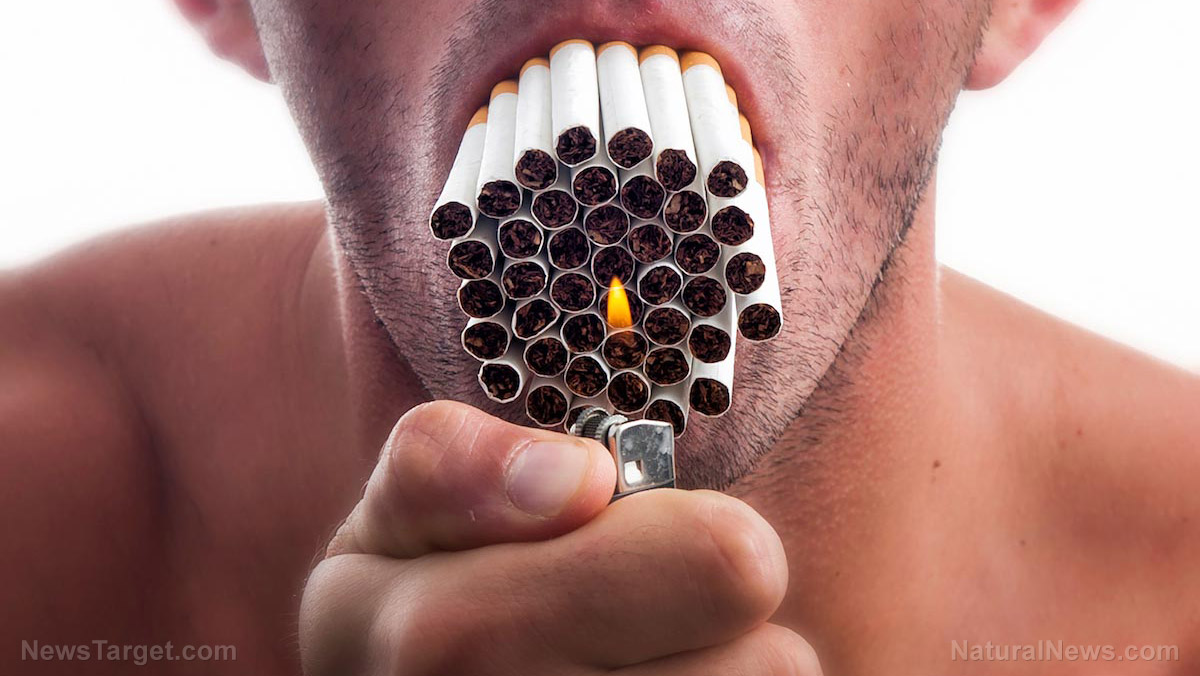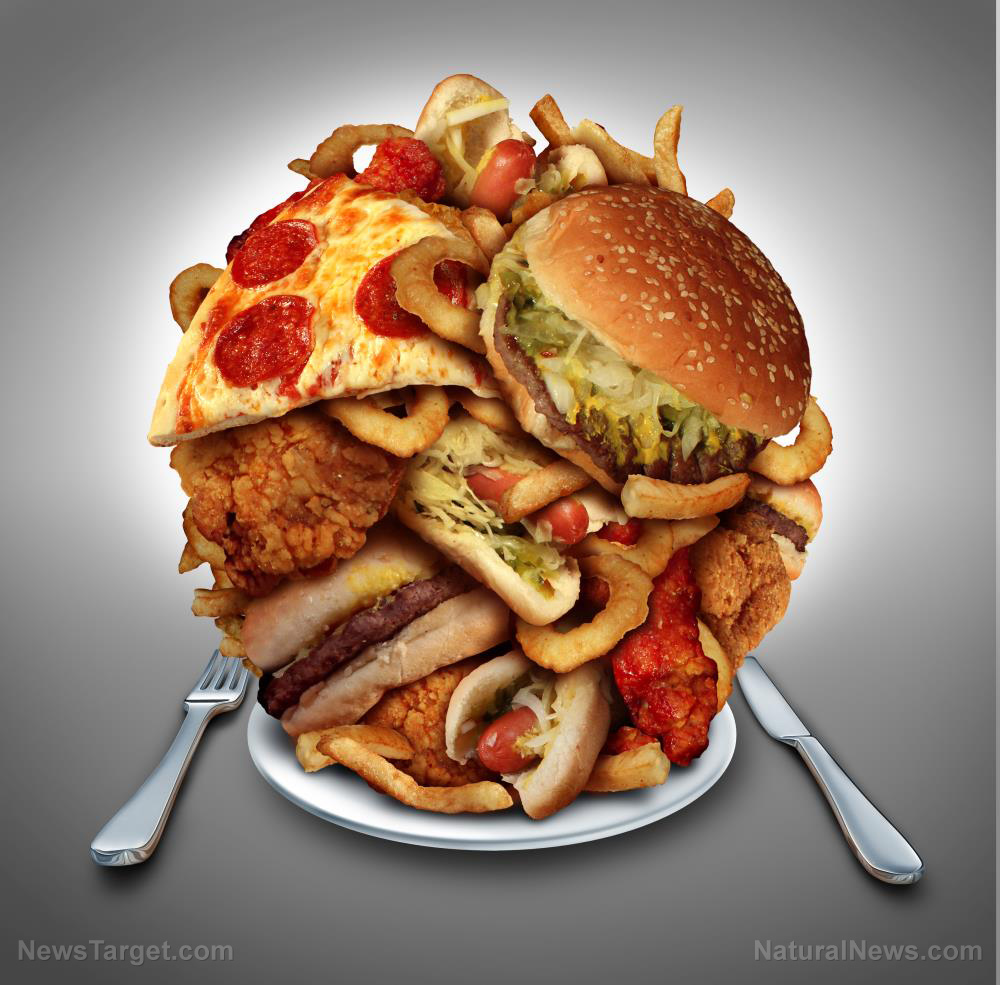
Risperdal has been prescribed by doctors to treat schizophrenia in adults and adolescents, bipolar disorder in adults and children between the ages of 10-17, attention deficit hyperactivity disorder (ADHD) sufferers of various ages, and for dementia-related psychosis in elderly adults. The FDA approved the drug in 1993 for adults, but it wasn’t until 2006 that it received approval to sell the medication to children. Evidence has shown that J&J was aware that the drug could cause breast development in children and young adults, particularly males, as early as 2001. That did not stop the company however from aggressively marketing the drug to child psychiatrists and others treating children beginning in 1999. Warning on safety labels for the drugs did not appear until 2006. Johnson&Johnson also chose not strengthen Risperdal labels to warn of gynecomastia risks, despite calls from doctors to do so. (RELATED: Get more news like this at Toxins.news.)
Gynecomastia is the result of a hormone imbalance, and it is believed that Risperdal may trigger the condition because it increases levels of prolactin, which is the same hormone that stimulates female breast development and lactation.
In 2002 Janssen held a meeting to discuss the data linking Risperdal to increases in gynecomastia rates in users, which is almost 5%. In the end, the Janssen group chose to skew the numbers by removing data from children over the age of 10, who were likely to be going through puberty. The re-adjusted data showed a rate of gynecomastia that was a statistically insignificant 0.8% which was low enough to get the approval from the FDA for use on children. This was detailed in an investigative report published in The Huffington Post.
Even in the years before FDA approval, the company continued to encourage doctors to prescribe the medication through “off-label” marketing. J&J would provide physicians with toys and child-friendly materials, usually in bright, happy colors, that were adorned with the Risperdal logo. This is according to David Kessler, the former head of the U.S. Food and Drug Administration, who testified against J&J in 2015.
Johnson & Johnson/Janssen has previously been accused of wrongly marketing the drug between 1999 and 2005, promoting it for uses not approved by the US Food and Drug Administration. This has led to the company paying more than $2.2bn to settle investigations into its marketing of the drug and other products. Seventy million dollars was awarded to a couple in Alabama after their son started developing gynecomastia at age five. Another financial recipient, Austin Pledge, received $2.5 million after growing breasts that eventually measured 46DD.
Do not expect J&J to feel remorse; to them these lawsuits are just the nature of doing business. It has been reported that the company was fully prepared for these kinds of lawsuits, much like the rest of Big Pharma. Money had been taken out of J&J’s earnings and set aside for “accrued liabilities,” to account for the expected billions that might still have to be paid out in verdicts or settlements.
Johnson&Johnson is also currently facing lawsuits regarding proof that the company knew their talcum powder was linked to causing ovarian cancer. In 2016 the company was ordered to pay $72 million to the family of a woman that developed the disease after years of using their products with no warning about possible side effects.
Sources:
Please contact us for more information.






















